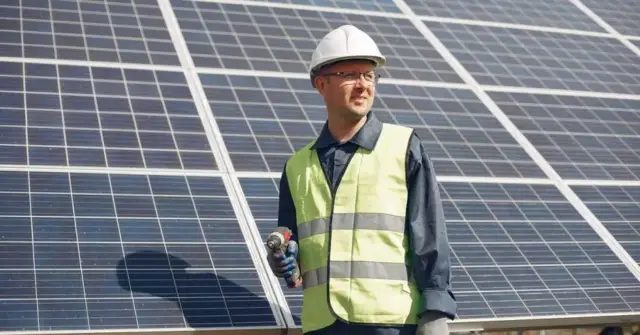The solar parks in Miravalles and Juanilama in Guanacaste, operated by the Costa Rican Institute of Electricity and Coopeguanacaste, as well as the cooperative solar park located in San Carlos and promoted by Coopelesca, are the three most relevant projects in terms of centralized generation of solar energy in Costa Rica.
However, the possibilities that our country has to give greater predominance to this renewable source within the national energy matrix have not yet been sufficiently explored, at least to produce energy on a massive scale.
“Solar energy is an excellent substitute for other forms of generation such as geothermal or hydraulic, especially in the dry season when solar radiation is stronger thanks to our geographical position. Generating companies should see it as an ally”, says Víctor Vega, president of the Costa Rican Solar Energy Association.
In contrast, the use of solar panels in industries and residences has taken an interesting boom, despite some restrictions that, according to Roberto Dobles, former Minister of Environment and Energy, limit the private use of these technologies.
Financing mechanisms and other incentives
“If we consider that the residential sector is the one that consumes the most energy in Costa Rica, encouraging the use of solar energy in residential houses through financing mechanisms and other incentives such as reducing obstacles and regulatory limitations would represent a great contribution in the country’s policies. regarding the use of clean energy and savings on electricity bills”, says Dobles.
And it is that the market offers from solar panels to place on roofs, to portable generators, as is the case of the company EcoFlow, which has introduced, at a regional level, energy storage and generation systems and devices as an alternative to the use of generators, ideal for non-interconnected or difficult-to-access areas.

Despite the fact that these investments, whether for large areas or small spaces, are usually relatively high, experts agree that the cost-benefit ratio must be taken into account when conceiving this type of project, since the return on investment will be visible in the not-too-distant future.
Thinking of a direct subsidy by the Government, both towards the generation of centralized and distributed solar energy, does not seem to be so viable, according to those consulted, however, there are facilities such as tax exemptions for imports of products related to these technologies that help promote profitability.
“The country has developed a solidarity system where important investments are still being paid by distributors to guarantee all their subscribers the service,” says Erick Rojas, manager of the National Consortium of Electrification Companies of Costa Rica.
Ecological Incentive for Companies
At present, the exporting industries in Costa Rica are the ones that have most incorporated distributed solar energy generation, given that the “green” content of the energy matrix used in the production of an article is appreciated and rewarded in the international market.

